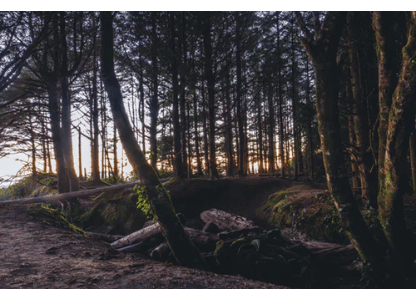
Constant rain and wind can erode the soil, leading to all sorts of problems. Unbeknownst to most homeowners, a tree on the property can actually minimize the effects. Find out how a tree is a valuable asset for preventing soil erosion.
The Effects of Soil Erosion
Soil absorbs water. When soil erodes, less of it is available, allowing the yard to flood. This means more puddling water, which creates a breeding ground for invasive insects like mosquitoes. It also drowns the plants, causing them to die prematurely.
Water accumulation can also harm the home’s foundation. Water is especially bad if the concrete has existing cracks. Concrete is porous and water seepage can cause extensive damage.
How Does a Tree Help?
Trees have roots that form robust structures that extend deep into the soil. This holds the soil in place and staves off erosion in the event of heavy rainfall. It also prevents soil compaction. Compaction stiffens the soil, reducing its ability to absorb water.
In addition, the tree’s foliage helps spread out the rain water and diminishes its impact in any given spot. When rain droplets land on the tree, they drip off the leaves and land on the soil much more softly. When rain lands directly on the soil, the more forceful impact creates erosion.
Keep in mind that for a tree to minimize soil erosion, it must be healthy. A sick tree has weak roots that cannot hold the soil firmly in place. This makes tree care imperative for preventing soil erosion.
Trees Help Pervent Soil Erosion
As tree specialists, Pro-Cut Tree Service performs tree removal and emergency tree maintenance among other services. Soil erosion can cause a domino effect that leads to a variety of other problems, from pest infestations to foundation damage. Trees are part of the equation for soil erosion prevention.
Tree Care and Maintenance
Serving customers in Lake Stevens, Edmonds, Marysville, Mukilteo, Lynnwood, Everett, Snohomish and the surrounding area
